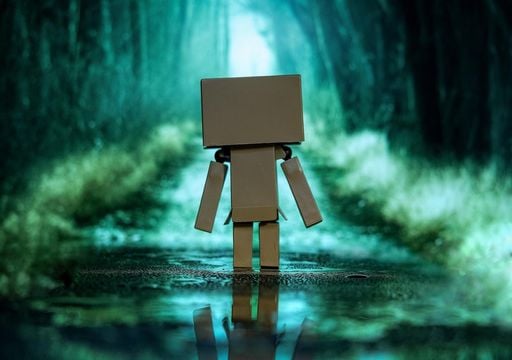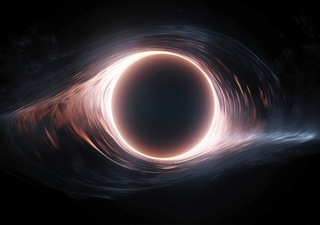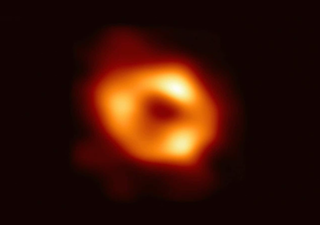What would happen if a black hole passed through your body? A new study attempts to answer this question
The idea of black holes passing through the human body seems strange. However, a recent study has formally calculated the minimum mass a black hole would need to have to cause serious injury or death.
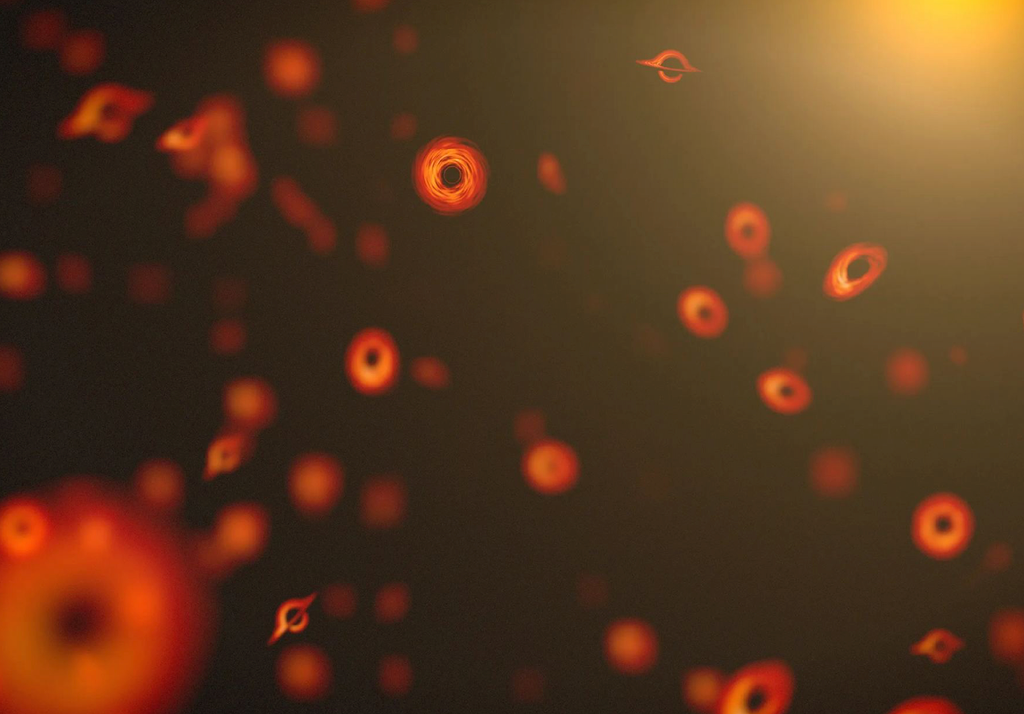
In a short paper published in the archive arxiv.org, physicist Sherrer examines the possible effects of a hypothetical passage of a microscopic primordial black hole through the human body. Specifically, the question is what the minimum mass of the black hole must be to cause serious injury or death.
Two scenarios are presented in which a black hole passes through the human body
There are two mechanisms by which the black hole could cause significant injuries to the human body.
Shock wave injuries
A first mechanism consists of shock waves that propagate through biological tissues following the path taken by the black hole inside the body.
In the case of these supersonic shock waves, the damage is linked to the thermal energy deposited on the tissues by the black hole, thermal energy that would be comparable to that deposited by the passage of a .22 calibre bullet . For the energy to produce serious damage to biological tissues, the minimum mass of the primordial black hole must be greater than 1.4 1017 grams (a mass comparable to that of a medium-sized asteroid).
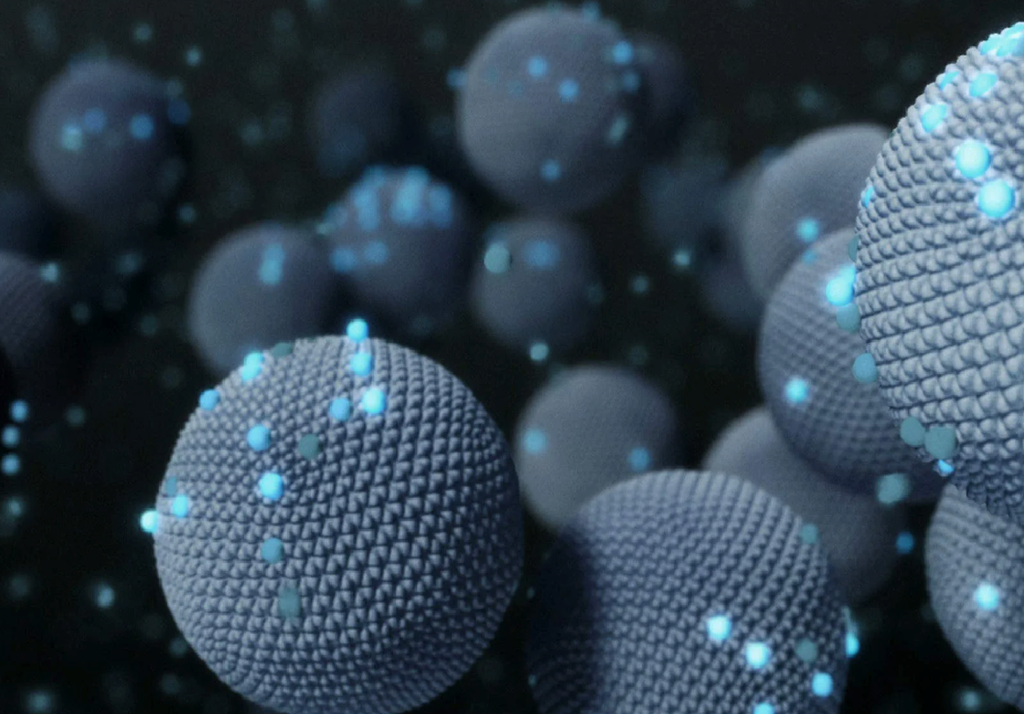
Tidal Injuries
Another mechanism that could be triggered during passage through the body is the dissociation of cells (particularly brain cells) due to the differential gravitational attraction exerted by the primordial black hole, that is, due to its tidal effects.
The gravitational force with which the black hole attracts other bodies decreases with distance, precisely with the square of the distance. This means that if at a distance of 1 mm the black hole exerts a force of intensity A, at a distance of 2 mm it exerts a force whose intensity has been reduced to 25% of A.
This means that if a cell is close to the primordial black hole, the part of the cell that is closer experiences a much stronger attraction than the part of the cell that is further away. This attraction with different intensities in different parts of the cell has the effect of tearing the cell itself apart.
This effect is particularly devastating for brain cells, which are more fragile than those in other parts of the body. Calculations show that the dominant destructive effect is due to the propagation within the body of the shock waves generated by the passage of the mini black hole.
For serious damage to occur, the primordial black hole must have a minimum mass of 140 billion tons. It is estimated that a force between 10 and 100 nanoNewtons for a few microseconds would be more than enough to tear a cell apart.
To be clear, despite their enormous mass (billions of tons), these primordial black holes are only a millionth of a centimeter in size!
The lack of evidence of harmful or deadly effects of primordial black holes passing through human bodies limits their abundance in the Universe, making the probability of such an event less than 10-18 per year.
Why primordial black holes?
We know that black holes are a final evolutionary stage of very massive stars . There are two types: “dormant” and “active” black holes . In the first case, there is no matter in the vicinity of the black hole that can fall on it , so they are absolutely invisible and detectable only by observing the gravitational effects they produce on bodies (stars, planets, ...) within their gravitational range.
“Active” black holes, on the other hand, are extremely bright due to the presence of an accretion disk, i.e. very hot matter spiraling around them before falling onto their surface. These are visible even at cosmic distances by virtue of the brightness of their accretion disk.
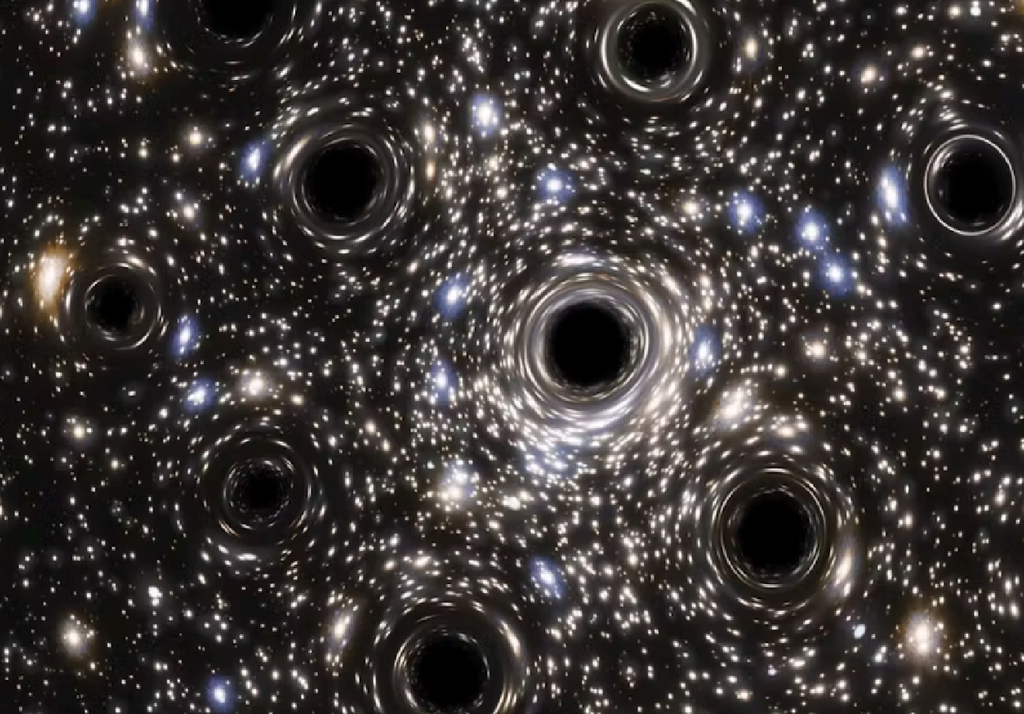
Black hole evolution models tell us that in the early Universe, i.e. in the Universe with an age of a few hundred million years, black holes had already formed but these turned out to have very small masses compared to later generations of black holes.
Primordial black holes are estimated to have a mass between 1017 and 1022 grams (equivalent to the mass of a small asteroid). Black holes with a mass less than 1017 would have already evaporated and would therefore be absent in the present-day Universe, while black holes with a mass greater than 1022 would produce gravitational lensing effects that have not in fact been observed.
It is precisely these microscopic primordial black holes that make it meaningful to hypothesize that they could pass through the human body.
Meet Dr. Sherrer
The author of this curious study is Robert Sherrer, professor of Physics in the Faculty of Arts and Sciences at Vanderbilt University, in Nashville, Tennessee (USA).
In addition to his scientific research publications, Sherrer is the author of numerous popular science articles and science fiction stories , and is the winner of the 2010 Klopsteg Prize, an annual award given to a distinguished physicist in memory of Paul E. Klopsteg by the American Association of Physics Teachers.
His research interests focus on cosmology, dark energy, dark matter, and the physics of the early universe.
News reference:
Gravitational Effects of a Small Primordial Black Hole Passing Through the Human Body, Sherrer arXiv:2502.09734 (2025)


